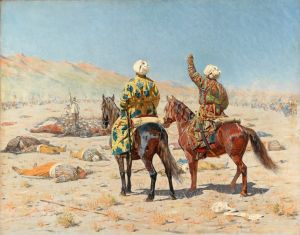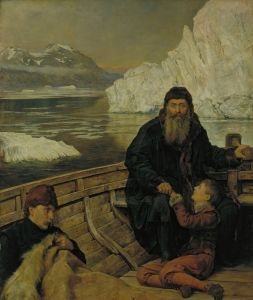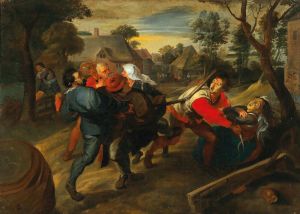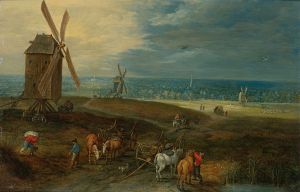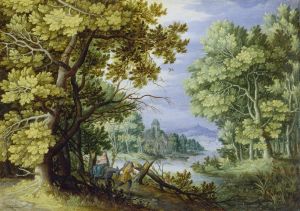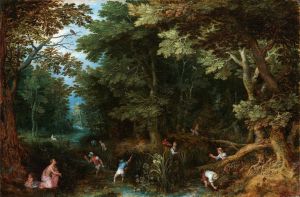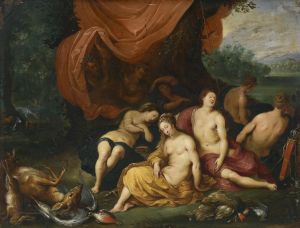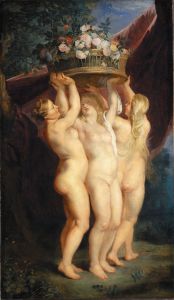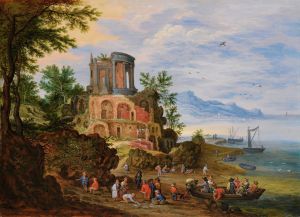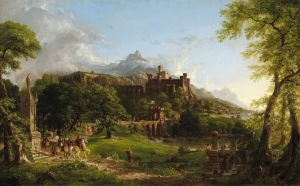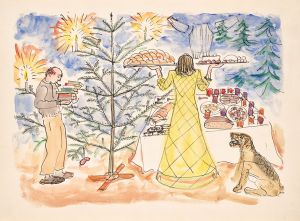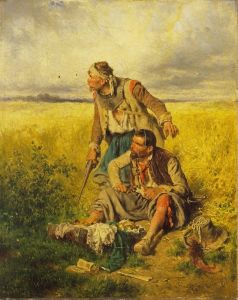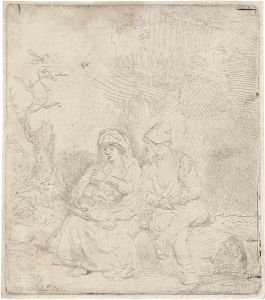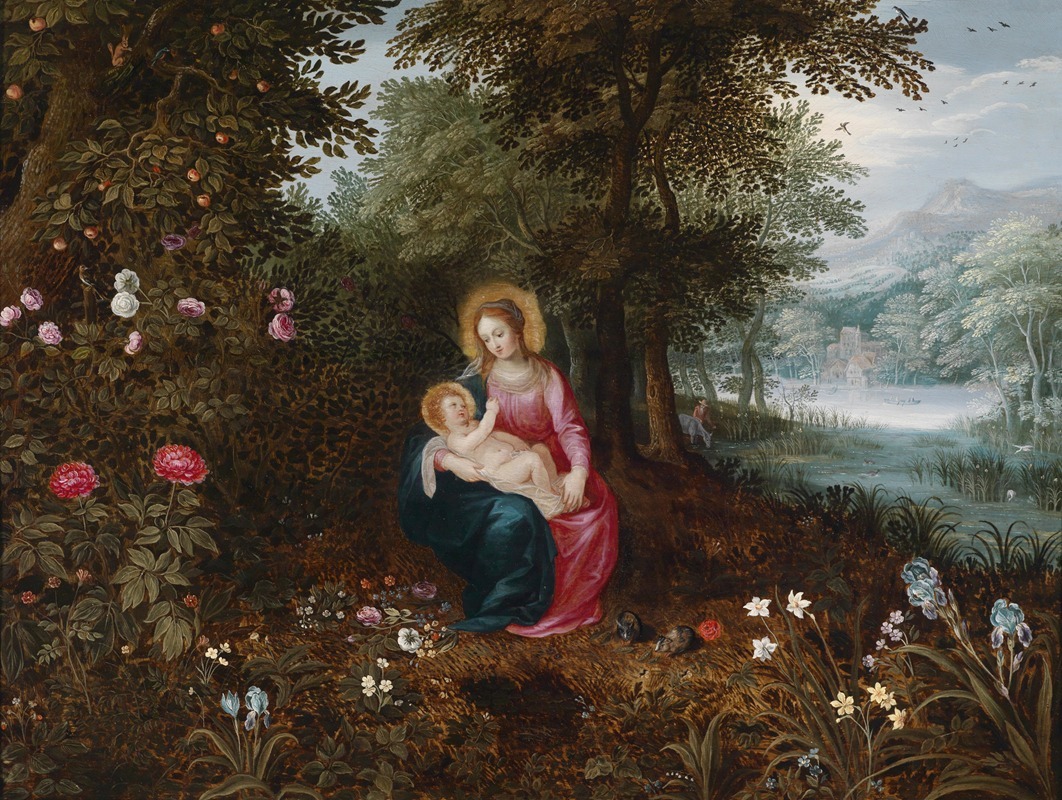
Die Ruhe Auf Der Flucht
A hand-painted replica of Jan Brueghel the Younger’s masterpiece Die Ruhe Auf Der Flucht, meticulously crafted by professional artists to capture the true essence of the original. Each piece is created with museum-quality canvas and rare mineral pigments, carefully painted by experienced artists with delicate brushstrokes and rich, layered colors to perfectly recreate the texture of the original artwork. Unlike machine-printed reproductions, this hand-painted version brings the painting to life, infused with the artist’s emotions and skill in every stroke. Whether for personal collection or home decoration, it instantly elevates the artistic atmosphere of any space.
Jan Brueghel the Younger was a prominent Flemish painter born in 1601 in Antwerp, known for his detailed landscapes, allegorical scenes, and religious subjects. He was the son of Jan Brueghel the Elder, a notable painter himself, and the grandson of Pieter Bruegel the Elder, one of the most significant artists of the Northern Renaissance. Jan Brueghel the Younger inherited the artistic legacy of his family and continued to develop the style and themes that were characteristic of the Brueghel dynasty.
"Die Ruhe Auf Der Flucht" (The Rest on the Flight into Egypt) is a painting attributed to Jan Brueghel the Younger. This work depicts a scene from the biblical narrative of the Holy Family's flight into Egypt, a popular subject in Christian art. The story, found in the Gospel of Matthew, describes how Joseph, Mary, and the infant Jesus fled to Egypt to escape King Herod's massacre of the innocents. Artists have long been drawn to this theme, using it to explore themes of divine protection, refuge, and the human experience of seeking safety.
In "Die Ruhe Auf Der Flucht," Brueghel captures a moment of respite for the Holy Family during their arduous journey. The painting typically features the Virgin Mary holding the infant Jesus, with Joseph nearby, often accompanied by a donkey, which was traditionally believed to have carried them on their journey. The setting is usually a serene landscape, reflecting Brueghel's skill in rendering nature with intricate detail and vibrant colors. The composition often includes lush foliage, distant hills, and a tranquil sky, creating a peaceful atmosphere that contrasts with the urgency of their flight.
Jan Brueghel the Younger was known for his meticulous attention to detail and his ability to infuse his landscapes with a sense of harmony and balance. His works often include a rich array of flora and fauna, showcasing his keen observation of the natural world. This attention to detail is evident in "Die Ruhe Auf Der Flucht," where the surrounding environment plays a crucial role in conveying the painting's mood and narrative.
Brueghel's paintings were highly sought after during his lifetime, and he maintained a successful workshop in Antwerp, where he produced numerous works for patrons across Europe. His ability to collaborate with other artists, such as Peter Paul Rubens, further enhanced his reputation. Brueghel's works are characterized by their vibrant color palette, intricate compositions, and the seamless integration of figures and landscapes.
"Die Ruhe Auf Der Flucht" exemplifies Jan Brueghel the Younger's mastery of combining religious themes with detailed landscapes, a hallmark of his artistic style. The painting reflects the broader tradition of Flemish Baroque art, which emphasized realism, attention to detail, and the use of light and color to create depth and emotion.
Today, Jan Brueghel the Younger's works are held in high regard and can be found in major museums and private collections worldwide. His contributions to the art world continue to be celebrated for their beauty, technical skill, and the enduring legacy of the Brueghel family.





